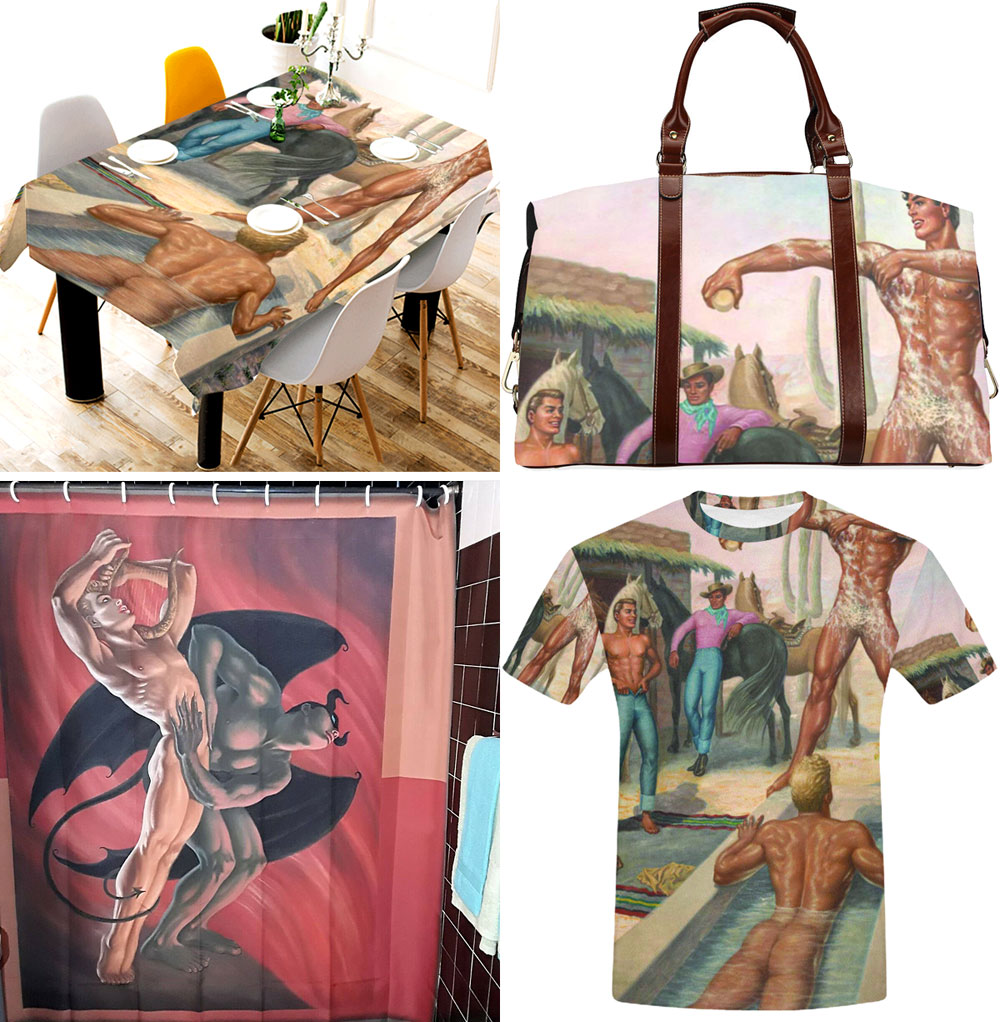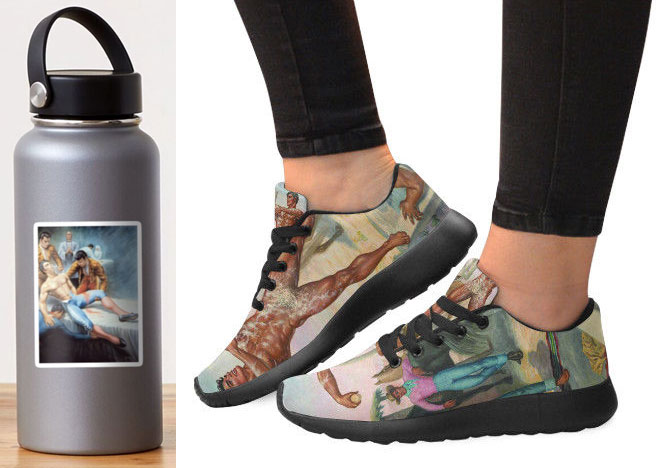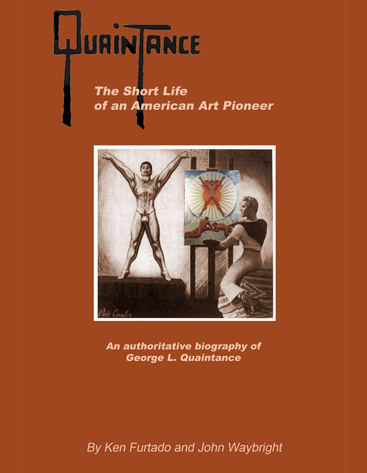 I have written about this topic before (Exploiting the Quaintance Estate) and no doubt will do so again, because I see red at every new instance of some "entrepreneur" taking financial advantage of the work of George Quaintance. The exploitation usually takes one of two forms: the appropriation of images for use in commercial products that the artist never intended, which benefit the pirate, not the estate or the artist’s reputation; and the misrepresentation of works of art as being by Quaintance when in fact they are not.
I have written about this topic before (Exploiting the Quaintance Estate) and no doubt will do so again, because I see red at every new instance of some "entrepreneur" taking financial advantage of the work of George Quaintance. The exploitation usually takes one of two forms: the appropriation of images for use in commercial products that the artist never intended, which benefit the pirate, not the estate or the artist’s reputation; and the misrepresentation of works of art as being by Quaintance when in fact they are not.
I will talk more about misrepresentation at another time. Until then, here are some examples of misappropriated images that have appeared since I first wrote about this subject: sneakers, a tablecloth, t-shirts, a purse, shower curtains, and — get this — adhesive labels that can be affixed to your water bottle, lunch box or other chosen target.
 Such adverse uses serve only to cheapen the artist's reputation as well as to dilute the value of his legitimate works. It also introduces confusion about what products the Quaintance Studio actually produced. Many collectors, for example, are surprised to learn that the Studio never released full-color reproductions of most of Quaintance's paintings, despite their ubiquity on eBay.
Such adverse uses serve only to cheapen the artist's reputation as well as to dilute the value of his legitimate works. It also introduces confusion about what products the Quaintance Studio actually produced. Many collectors, for example, are surprised to learn that the Studio never released full-color reproductions of most of Quaintance's paintings, despite their ubiquity on eBay.
But the worst aspect of all this is the chilling effect it has on presenting the artist in appropriate contexts that would enhance and add credibility to his legacy. As I wrote in a previous blog entry, potential legitimate users of Quaintance's images or materials are reluctant to do so because there is no one from whom they can obtain legal permission and they don't want to risk a lawsuit — even when I assure them that such a likelihood is essentially nonexistent. As recently as June, 2020, a group organizing an LGBTQ fundraiser abandoned its wish to use Quaintance imagery in its publicity for fear of legal reprisals.
The situation can only get worse.

